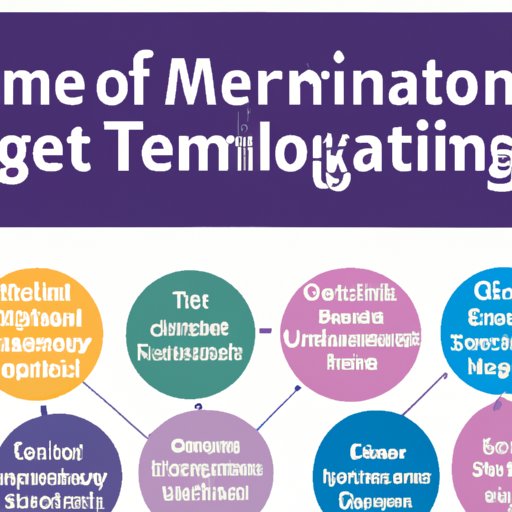Introduction
Information technology (IT) governance is a comprehensive set of management processes and organizational structures used to effectively manage an organization’s IT resources. The purpose of IT governance is to ensure that the organization’s IT investments are aligned with its business objectives and that the IT resources are efficiently and effectively managed for maximum return on investment.
The term “governance” refers to the way in which an organization manages itself and its resources. In the context of IT, it involves making decisions about how to use IT resources and ensuring that those decisions are implemented and monitored. IT governance also includes setting policies, procedures, and standards for managing IT resources, as well as defining roles and responsibilities for IT personnel.

Exploring the Basics of Information Technology Governance
The first step in implementing an effective IT governance framework is understanding the principles of IT governance. There are several key principles that should be considered when establishing an IT governance program. These include:
- Accountability – Establishing clear roles and responsibilities for IT staff, as well as accountability for their actions.
- Transparency – Ensuring that decision-making processes are open and transparent.
- Alignment – Ensuring that IT investments are aligned with the organization’s strategic goals.
- Security – Ensuring that appropriate security measures are in place to protect IT resources.
- Efficiency – Ensuring that IT resources are used efficiently and effectively.
In addition to understanding the principles of IT governance, it is also important to understand the roles and responsibilities of IT personnel. Typically, IT governance involves establishing a governing body that is responsible for setting policies, procedures, and standards for managing IT resources. This governing body typically includes senior management, IT staff, and other stakeholders.
IT personnel are responsible for implementing the policies, procedures, and standards established by the governing body. They are also responsible for monitoring and reporting on the performance of IT systems and ensuring that IT resources are being used efficiently and effectively.
Utilizing IT Governance to Mitigate Risk
One of the primary benefits of implementing an IT governance framework is the ability to mitigate risk. By establishing clear roles and responsibilities for IT personnel, policy enforcement, and monitoring performance, organizations can minimize the risk of data loss or theft, system failures, or other risks associated with IT systems.
Another benefit of IT governance is the ability to establish processes for making decisions about IT investments. By establishing a process for evaluating potential IT investments and determining the cost/benefit ratio, organizations can make more informed decisions about how to allocate their IT resources.
Finally, IT governance provides organizations with the tools and processes to monitor the performance of IT systems and ensure that they are meeting the organization’s strategic goals. This allows organizations to identify areas where improvements can be made and ensure that IT resources are being used efficiently and effectively.

Examining IT Governance Best Practices
When it comes to IT governance, there are several best practices that organizations should follow. One of the most important best practices is to ensure that the IT governance framework is regularly reviewed and updated. As technology evolves, so too should the IT governance framework to ensure that it remains relevant and effective.
Another important best practice is to ensure that IT personnel have the necessary skills and knowledge to effectively implement the IT governance framework. Organizations should provide training and resources to help IT personnel stay up to date on the latest IT trends and technologies.
Finally, organizations should ensure that IT governance is properly integrated into the overall organizational strategy. This means that IT investments should be aligned with the organization’s strategic goals and that the IT governance framework should be regularly evaluated to ensure that it is meeting the organization’s needs.
Conclusion
In summary, IT governance is a comprehensive set of management processes and organizational structures used to effectively manage an organization’s IT resources. The purpose of IT governance is to ensure that the organization’s IT investments are aligned with its business objectives and that the IT resources are efficiently and effectively managed for maximum return on investment. In order to ensure the success of an IT governance program, organizations should establish clear roles and responsibilities, develop policies and procedures, and regularly review and update the IT governance framework. Additionally, organizations should ensure that IT personnel have the necessary skills and knowledge to effectively implement the IT governance framework and that IT investments are aligned with the organization’s strategic goals.
By following these best practices, organizations can ensure that their IT investments are being used efficiently and effectively and that the organization is able to maximize its return on investment.
(Note: Is this article not meeting your expectations? Do you have knowledge or insights to share? Unlock new opportunities and expand your reach by joining our authors team. Click Registration to join us and share your expertise with our readers.)
